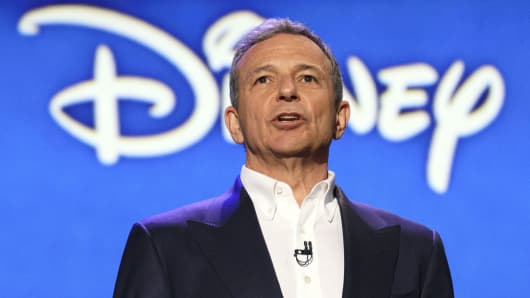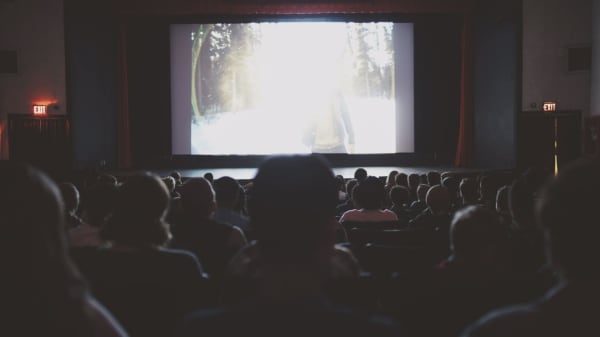Disney's stock has treaded water for three years now at $100 a share or a $150 billion market capitalization. That's mainly because Wall Street views it as a media stock in secular decline with its highly profitable cable networks disappearing without a clear path to an equally profitable over-the-top (OTT) future.
Disney — like all traditional media companies — is viewed by Wall Street as being worth nine to 14 times its enterprise value (EV) to EBITDA. But that's the wrong way to view it. Disney should correctly position itself as a "Disney as a Service" company. If it did, it would get valued — like other services companies — on a price-to-sales (P/S) basis.
Other subscription-based businesses — like software as a service (SaaS) companies — get valued at a much richer valuation than traditional media. Salesforce.com has a trailing price-earnings (P/E) ratio of 732 times. Its P/S ratio is 8.7 times. Many smaller, faster-growing SaaS companies — like Workday, for example — get P/S ratios of 12.5 times. Disney's, by contrast, has a trailing P/E of 14 times and a P/S of 2.7 times.
Yet, unlike most media companies, Disney has the opportunity to quickly reshape its perception on Wall Street and be seen as a powerful subscription-based service offering access to unique online and offline experiences on a repeatable timeline.
It wouldn't be the first public company in recent years to embark on such a shift. Several have recently converted Wall Street's perception of them from a traditional P/E-based valuation to a subscription-based one using a P/S one. This shift has greatly benefited their shareholders.
Adobe used to sell a one-off, license-based software package to creative and corporate professionals. Prior to its public announcement of a move to a subscription-based business model in May 2013, Adobe's P/S ratio was around four times. It's now 14.5 times.
Before Satya Nadella took over as Microsoft's CEO in February 2014, Microsoft was seen as a take-all-the-money-upfront software company. Its P/S ratio low the year before Nadella's hiring was 3.3 times. After he took over, he put a much greater emphasis on the cloud (which he had previously been responsible for) and turned Microsoft's popular core software apps like Office into subscription-based services (Office 365). Today, Microsoft's P/S ratio is 6.9 times and its share priced has tripled after being flat for a decade.






